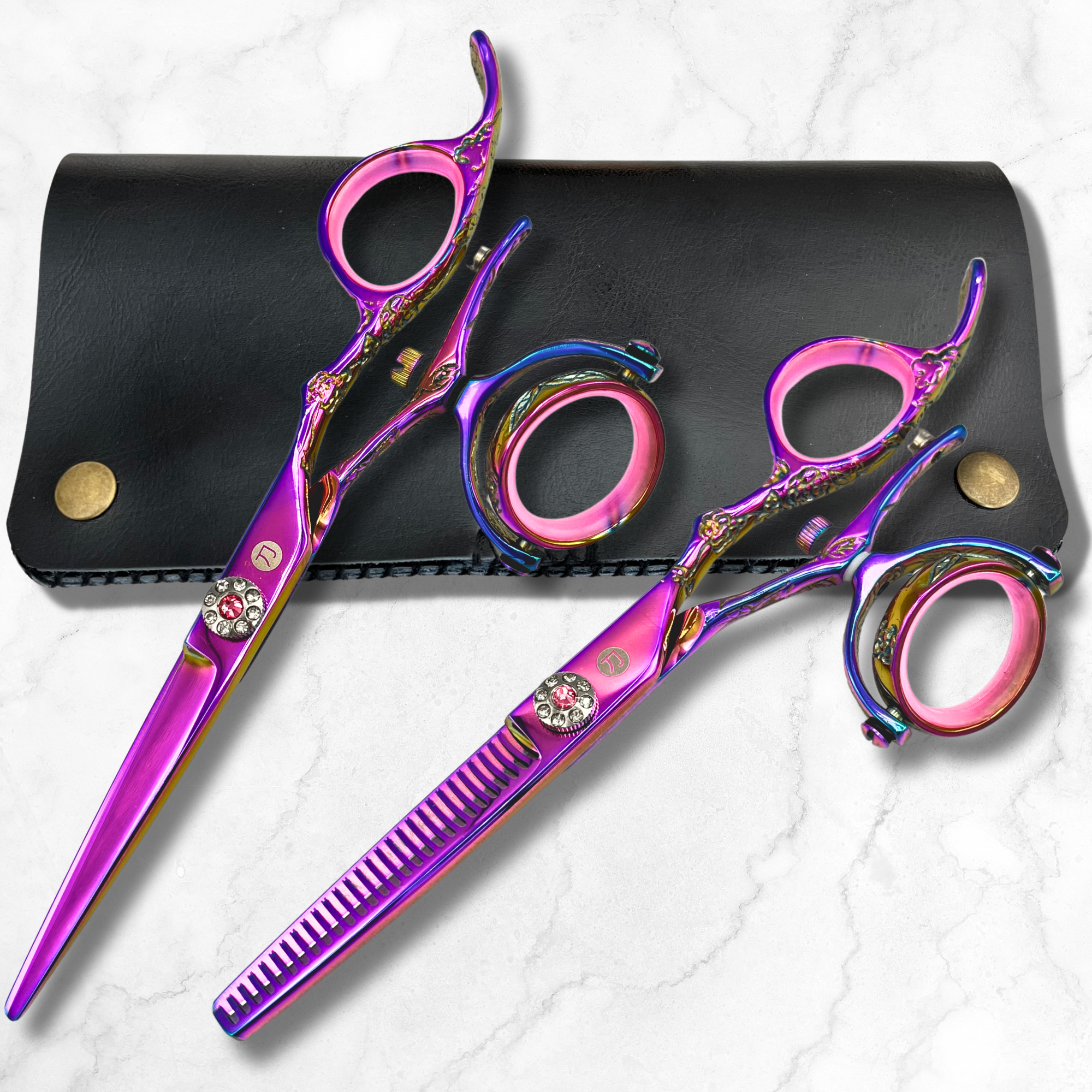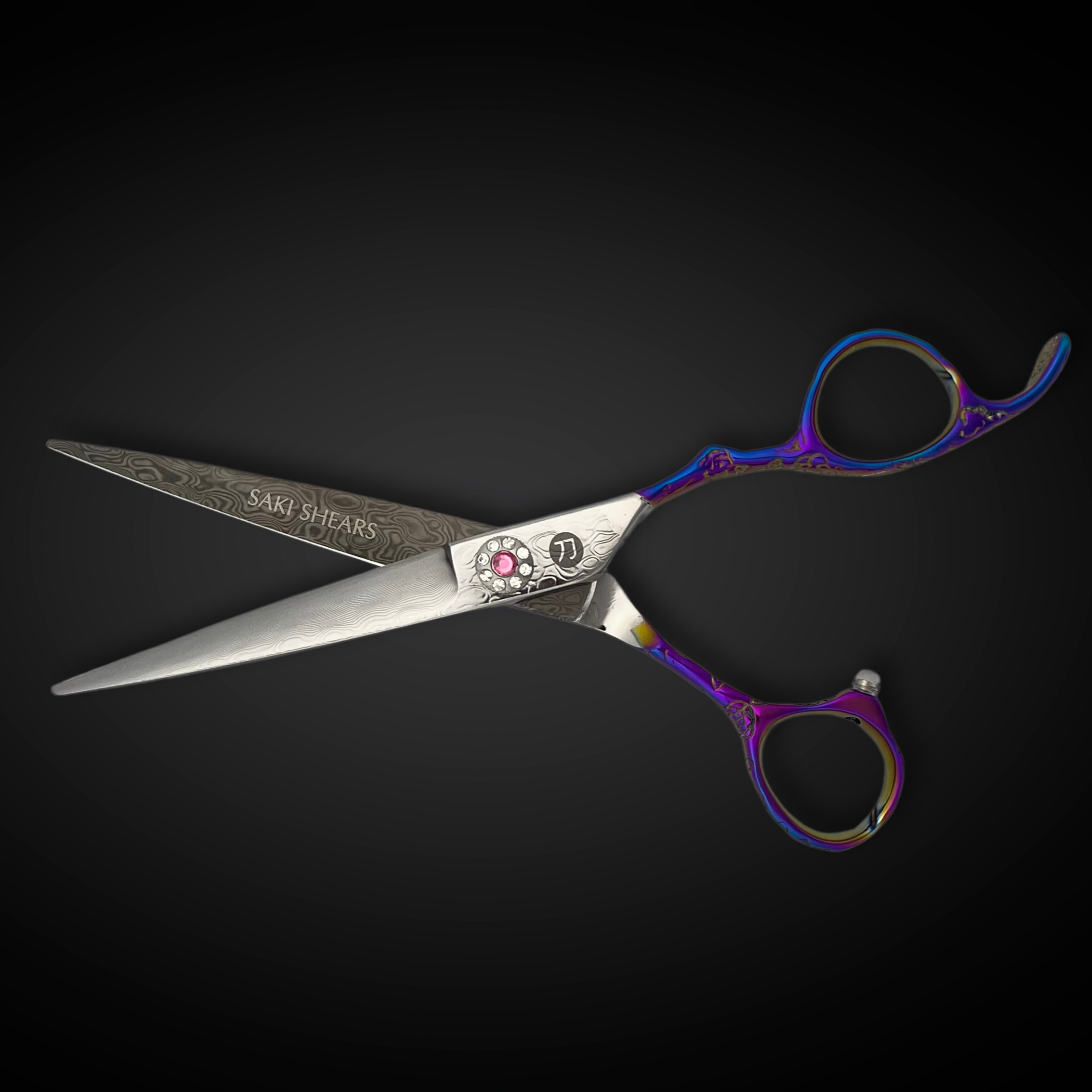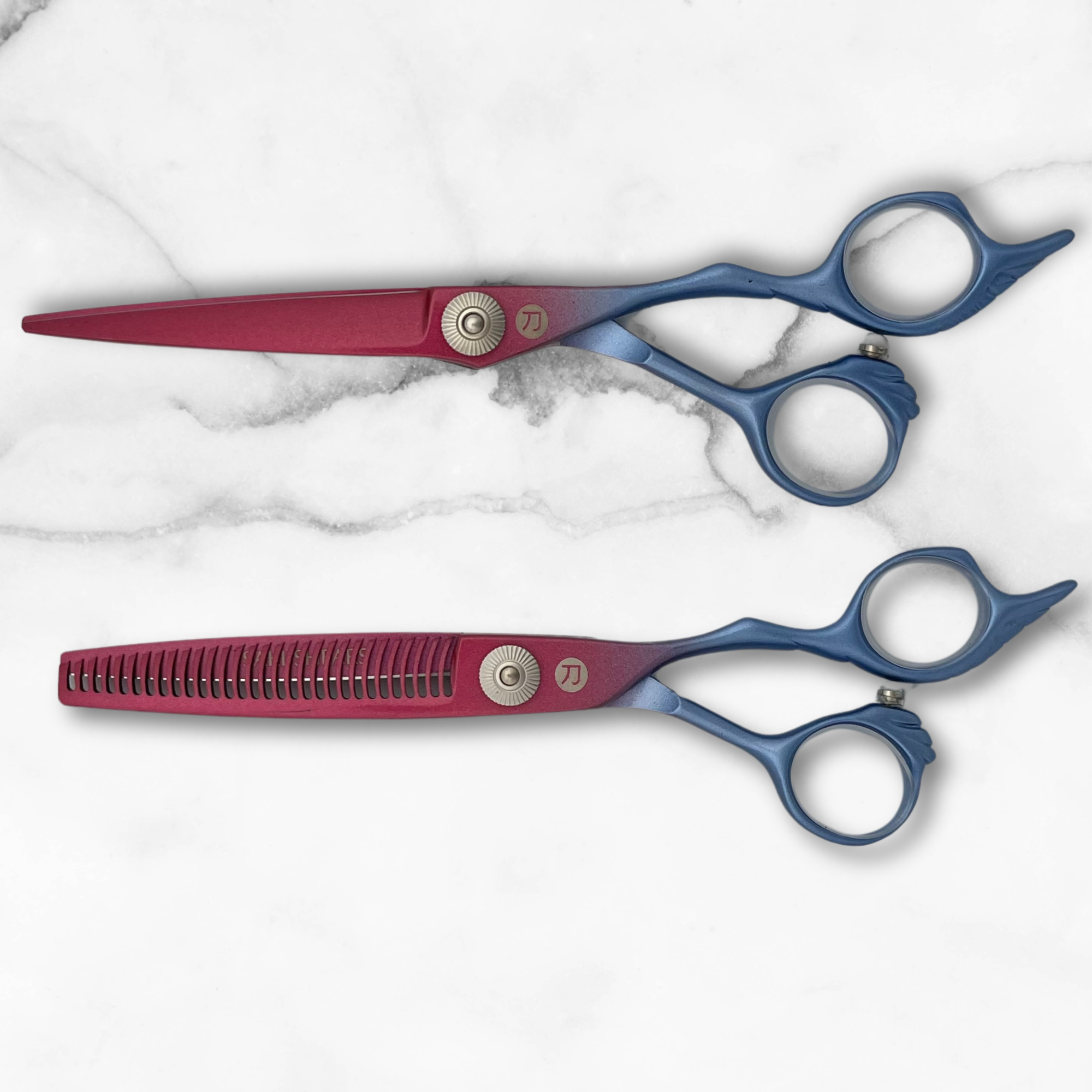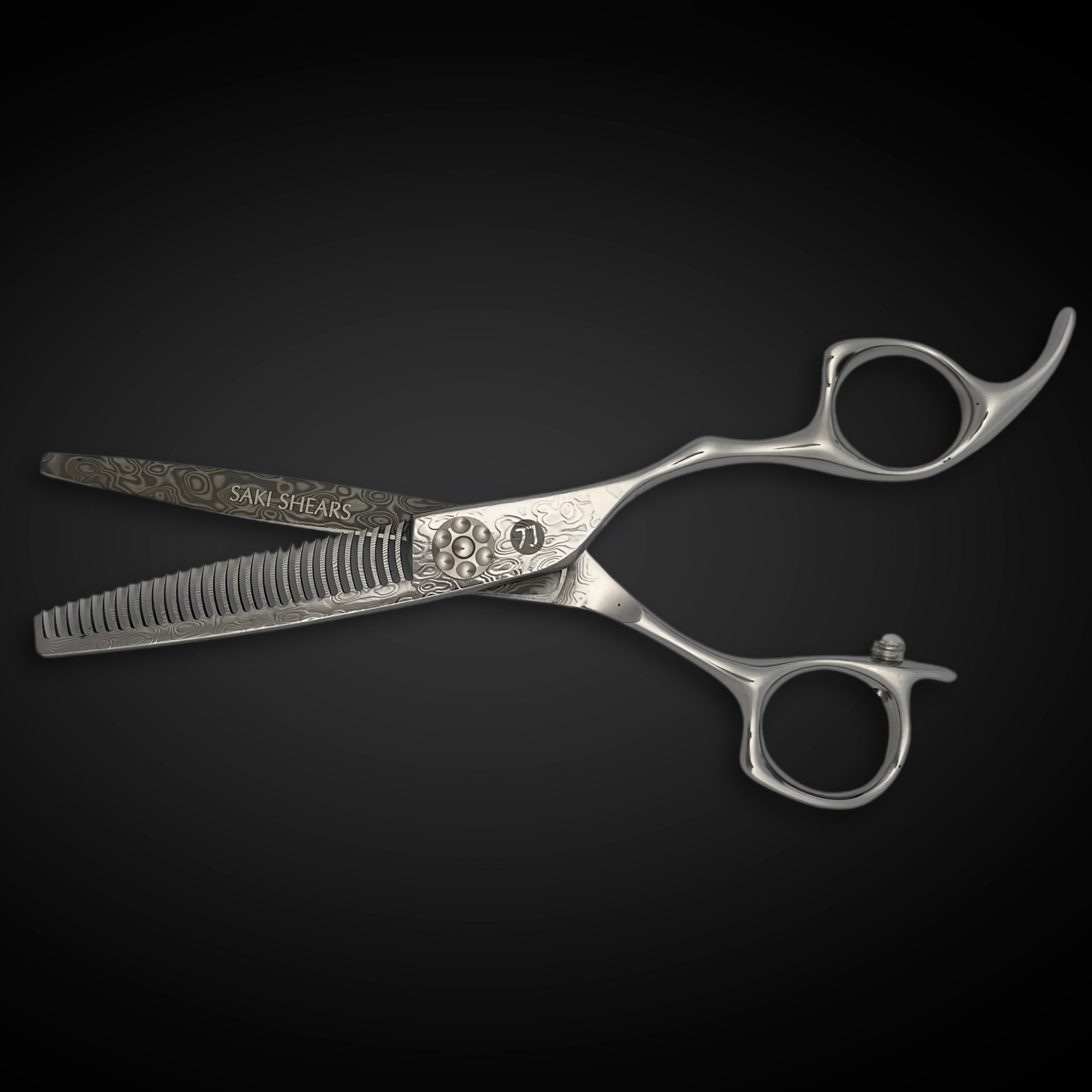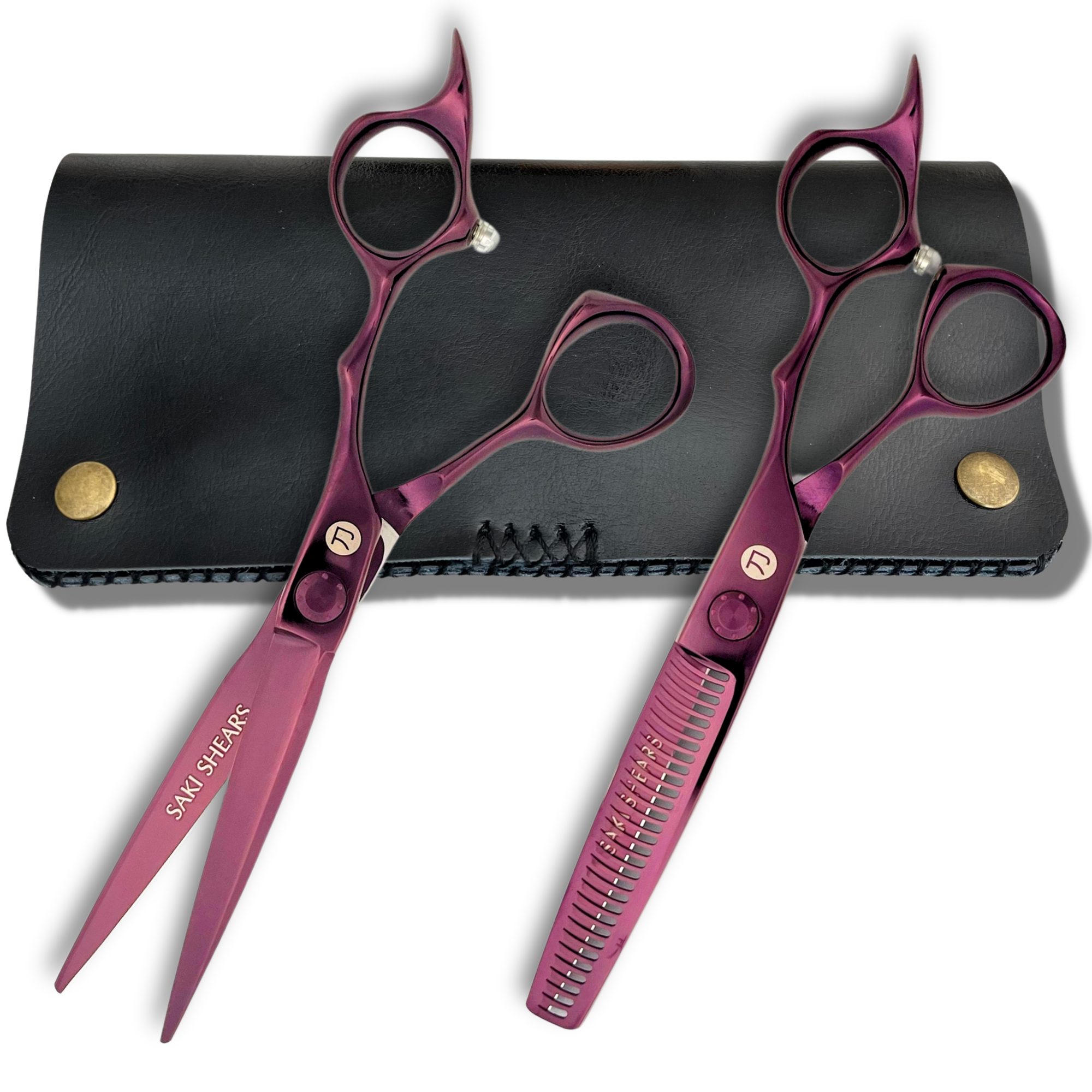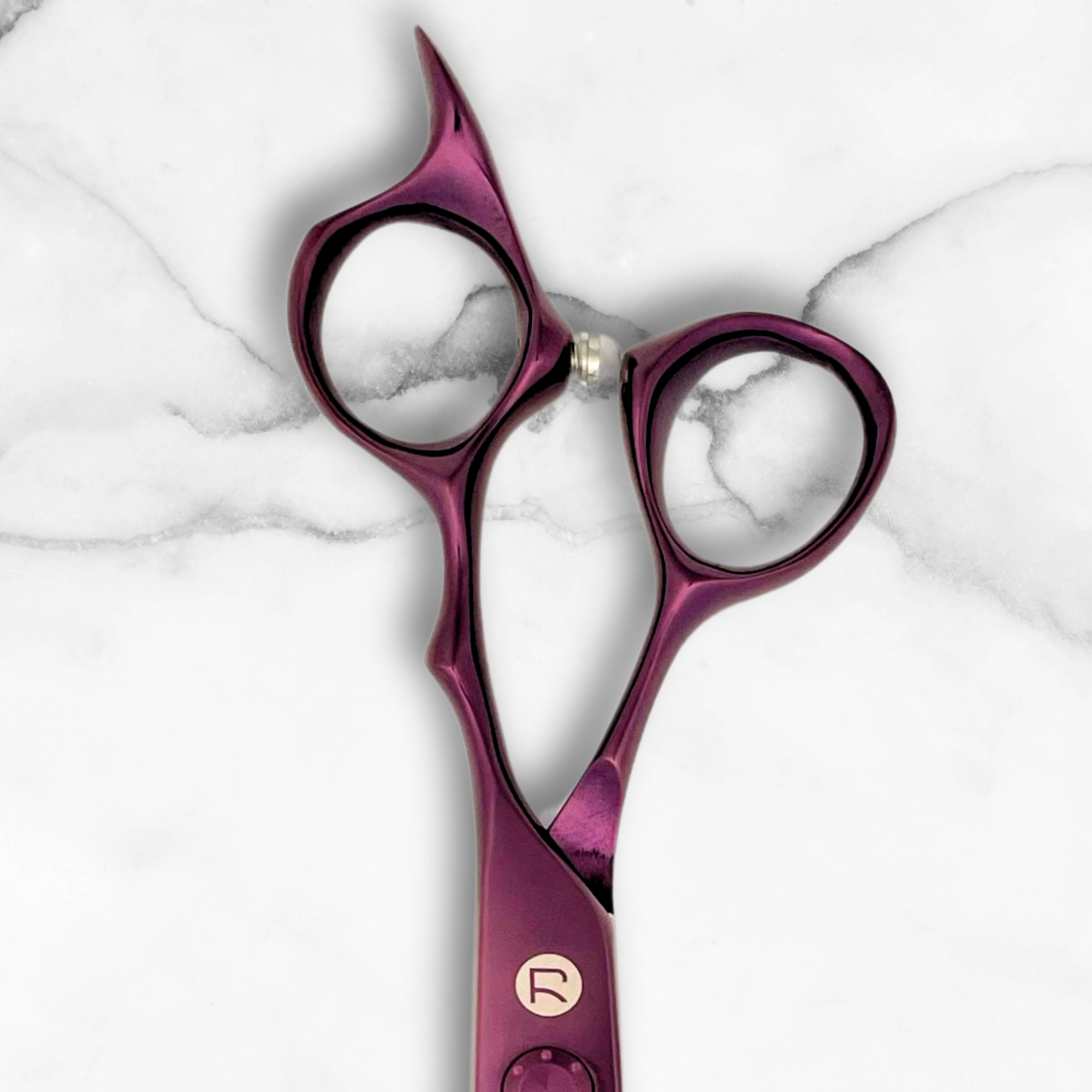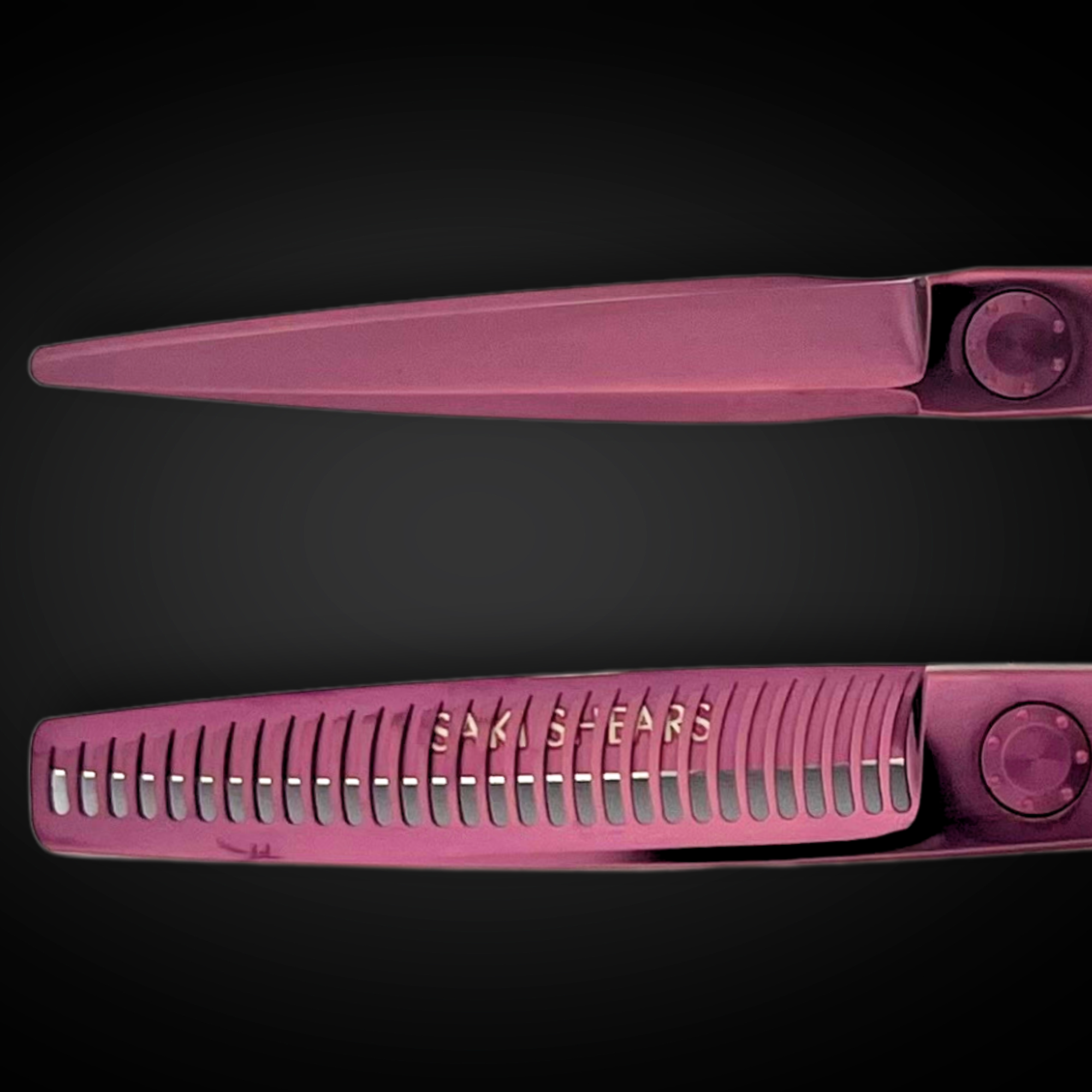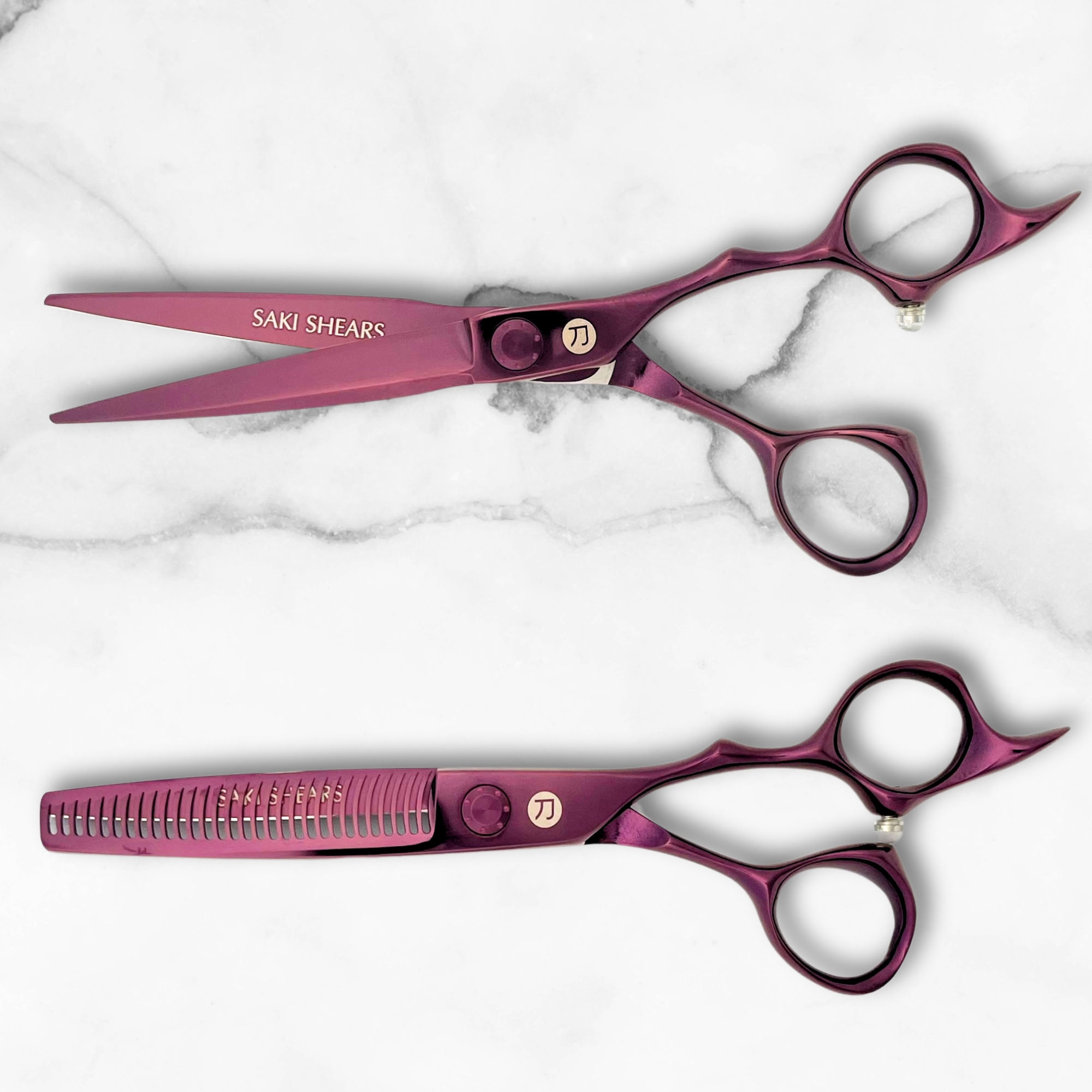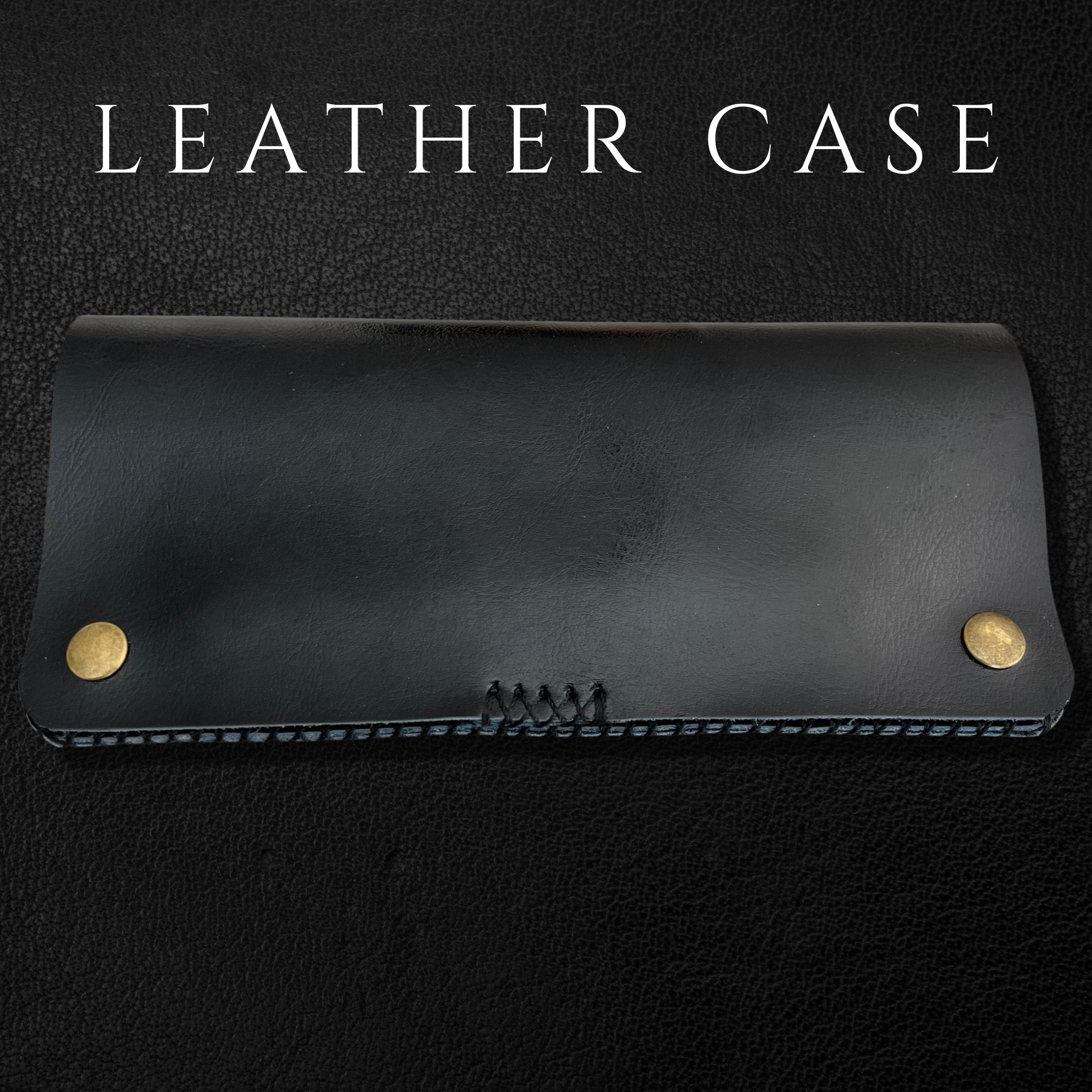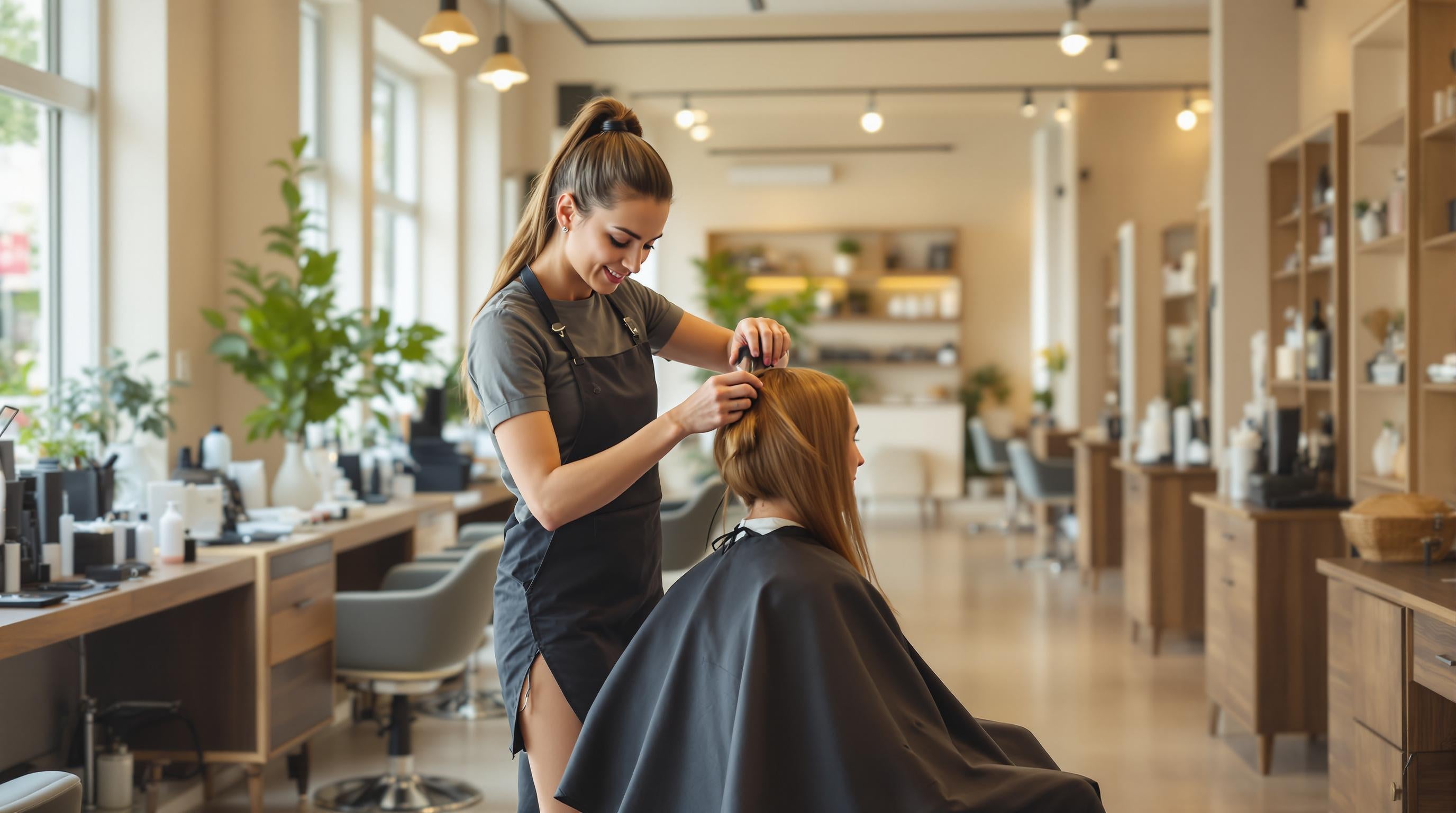Hair Health: Best Practices for Stylists to Share with Clients
Hair health is the foundation for great styling results. Healthy hair means better color retention, easier styling, less damage, and more shine. Stylists who educate clients about proper hair care see higher satisfaction and retention rates. Here’s how to help your clients maintain healthy hair:
- Focus on scalp health: Encourage regular scalp care for strong hair growth.
- Maintain moisture balance: Share hydration and conditioning tips to improve elasticity.
- Protect against damage: Teach ways to shield hair from environmental and heat-related harm.
- Care for treated hair: Offer guidance on post-treatment routines to preserve integrity.
From hair type classification to scalp assessments, stylists can provide personalized advice for every client. Demonstrate proper washing techniques, recommend the right tools, and share heat-free styling options to protect hair. Use these strategies to build trust and help clients maintain beautiful, healthy hair.
10 Ways to Take Better Care of Your Hair
How to Check Hair and Scalp Condition
Understanding the condition of a client's hair and scalp is key to offering effective care solutions. Using the Andre Walker system to classify hair types during consultations helps tailor advice to individual needs, aligning with the 69% of people who prefer personalized recommendations [5].
Hair Type Classification
Identifying hair types involves observing natural patterns and characteristics. Hair typically falls into four main categories, each requiring specific care methods:
| Hair Type | Characteristics | Care Tips |
|---|---|---|
| Type 1 (Straight) | Lacks natural curl, often oily | Use lightweight products, cleanse frequently |
| Type 2 (Wavy) | S-shaped waves, prone to frizz | Apply frizz-control creams, air-dry hair |
| Type 3 (Curly) | Spirals with defined patterns | Use leave-in conditioners, try finger-coiling |
| Type 4 (Coily) | Tight coils or zigzags | Opt for oil treatments, stick to low-manipulation styles |
For accurate classification, examine dry, product-free hair. Assess both texture (fine, medium, or coarse) and density (low, medium, or high) by running fingers through various sections.
Common Scalp Problems
During consultations, part the hair in sections to identify common scalp concerns:
Dry Scalp vs. Dandruff
- Dry scalp shows up as small, white flakes and itching.
- Dandruff involves larger, yellowish flakes and may include redness.
Oily Scalp Indicators
- Greasy roots
- Shine appearing shortly after washing
- Hair that looks flat and lifeless
Use mirrors to show clients their scalp condition. Since over half of people deal with dandruff at some point, addressing scalp health is an essential part of consultations [3].
Care Tips for Treated Hair
Chemically processed hair needs extra attention to stay healthy. Assessing treated hair involves the following steps:
Porosity Test
Drop a clean hair strand into water. Hair that floats has low porosity, while hair that sinks quickly has high porosity. This helps determine how well products will absorb.
Elasticity Check
Stretch wet hair gently. Healthy hair will snap back, while damaged hair won't.
Keep track of any chemical treatments to avoid over-processing. Regular evaluations ensure treated hair stays in good condition between salon visits.
These techniques set the stage for recommending effective cleansing and conditioning routines, which we’ll cover next.
Washing and Conditioning Steps
After evaluating the condition of the hair and scalp, it's time to demonstrate proper cleansing techniques. Here's how to get it right:
How to Shampoo Correctly
Shampooing is all about focusing on the scalp, as this is where most product buildup - about 83% - occurs [3]. Use a small amount of shampoo (roughly a quarter-sized amount for shoulder-length hair), adjusting the quantity based on hair thickness and scalp needs.
Steps to follow:
- Start with lukewarm water: Wet the hair thoroughly to help open the cuticles [1][4].
- Focus on the scalp: Massage the shampoo into the scalp using gentle, circular motions [3].
- Protect the lengths: Let the suds naturally flow through the hair lengths while rinsing to avoid friction damage [7].
Conditioning Methods That Work
Conditioner application should be tailored to the hair type. For straight or fine hair, concentrate on the ends. For coily or textured hair, apply conditioner throughout the entire length. To ensure even distribution, use a wide-tooth comb to spread the product through the hair [7].
Best Water Temperature for Hair Care
Start with lukewarm water for cleansing, then finish with a cool rinse to help seal the cuticles. This is particularly helpful for maintaining the vibrancy of color-treated hair [1][4]. For clients with high-porosity hair - determined through strand tests - a cool rinse is especially effective in locking in moisture and sealing the cuticle [4].
Avoid using hot water, as it strips natural oils from the hair, leaving it dry and brittle [7]. A cool final rinse is a simple but effective step to keep hair healthy and hydrated, especially for high-porosity types identified during consultations.
Protecting Hair During Styling
Once you've nailed down a good cleansing routine, the next step is protecting hair from damage during styling.
Heat Tool Safety
Using heat tools? Stick to these temperature ranges to avoid unnecessary damage:
- Fine or damaged hair: 250-300°F (121-149°C)
- Medium-textured hair: 300-350°F (149-177°C)
- Thick or coarse hair: 350-400°F (177-204°C)
- Very coarse or resistant hair: 400-450°F (204-232°C) [8][1]
For added protection, apply a silicone-based heat protectant to damp hair, focusing on the mid-lengths and ends. Let it sit for about 30 minutes before styling - this can cut down heat damage by up to 50% [5].
No-Heat Styling Options
Taking a break from heat? Suggest heat-free styling methods that are easy to do at home. Overnight techniques like braiding damp hair can create soft waves, while twist-outs work well for defined curls [4]. For bouncy curls, tools like flexi rods or a heatless headband are great alternatives [2].
You can also demonstrate silk-wrapping during appointments. This method helps clients maintain straight styles without heat and adds a natural shine to their hair.
Preventing Hair Breakage
Reducing breakage starts with the right tools and techniques. High-quality styling tools with ceramic or tourmaline-coated plates ensure even heat distribution [10]. When using flat irons, work in small 1-2 inch sections and limit passes to once or twice per section [10].
Daily habits can also make a big difference:
- Switch to microfiber towels: These are gentler on hair and reduce breakage compared to traditional cotton towels [11].
- Use silk or satin pillowcases: They minimize friction and help keep hair smooth [9].
- Clean your tools regularly: Product buildup on tools can snag and damage hair [10].
For clients with color-treated hair, remind them to use lower heat settings and color-safe heat protectants to keep their color vibrant [6].
Hair Tools: Selection and Care
Choosing the right tools and keeping them in good condition is just as important as using proper styling techniques. The tools you use can make a big difference in protecting your hair and maintaining its health.
Why Tool Quality Matters
High-quality tools are designed to safeguard hair while delivering excellent results. They work hand-in-hand with heat management strategies to minimize damage.
Look for tools with these features:
- Heat styling tools: Plates made of ceramic, titanium, or tourmaline for even heat distribution.
- Cutting tools: Japanese steel blades for sharpness and durability.
- Ergonomic design: Balanced weight to reduce strain and fatigue during use.
- Temperature control: Adjustable settings to keep heat consistent and prevent overheating.
- Safety features: Auto-shutoff and protected cords for added safety.
Keeping Tools Clean and Functional
Regular maintenance is essential for tools to work efficiently and stay hygienic. Here's a simple care guide:
| Tool Type | Daily Care | Weekly Care | Professional Service |
|---|---|---|---|
| Shears | Wipe clean, oil the pivot | Deep cleaning | Sharpen every 3–6 months |
| Heat Tools | Remove hair and residue | Clean plates or barrels | Inspect cords monthly |
| Brushes/Combs | Remove trapped hair | Sanitize with barbicide | Replace every 6–12 months |
For heat tools, always unplug and let them cool before cleaning. Use cleaners recommended by the manufacturer for the best results.
Matching Tools to Hair Types
The right tools for the job depend on hair texture and styling goals. Professional-grade tools often include features tailored to specific needs:
- Fine Hair: Lightweight dryers with ionic technology to add volume without causing damage.
- Thick or Coarse Hair: Titanium-plated tools for quick, effective styling.
- Curly Hair: Wide-tooth combs and diffusers to maintain natural curl patterns.
For cutting, specialized tools like thinning shears can help create texture and shape. Using tools suited to the hair type ensures both style and hair health are preserved between salon visits.
Conclusion: Help Clients Keep Healthy Hair
Main Hair Care Tips
To maintain healthy hair between salon visits, combine personalized care plans with these essential practices:
| Time Period | Care Practice | Recommendation |
|---|---|---|
| Weekly | Deep conditioning | Choose formulas suited to hair porosity |
| Every 6-8 Weeks | Trim ends | Prevent split ends and maintain hair health |
Educate Your Clients
Turn your consultation insights into actionable advice. Use their hair type and scalp assessment results to create tailored routines that fit their lifestyle, goals, and budget. Highlight product options that deliver the best results for their specific needs.
For added support, share quick, 30-second demo videos. These can cover simple but effective techniques like towel-drying or applying products properly. This way, clients can confidently care for their hair at home, keeping it in great shape between appointments.

